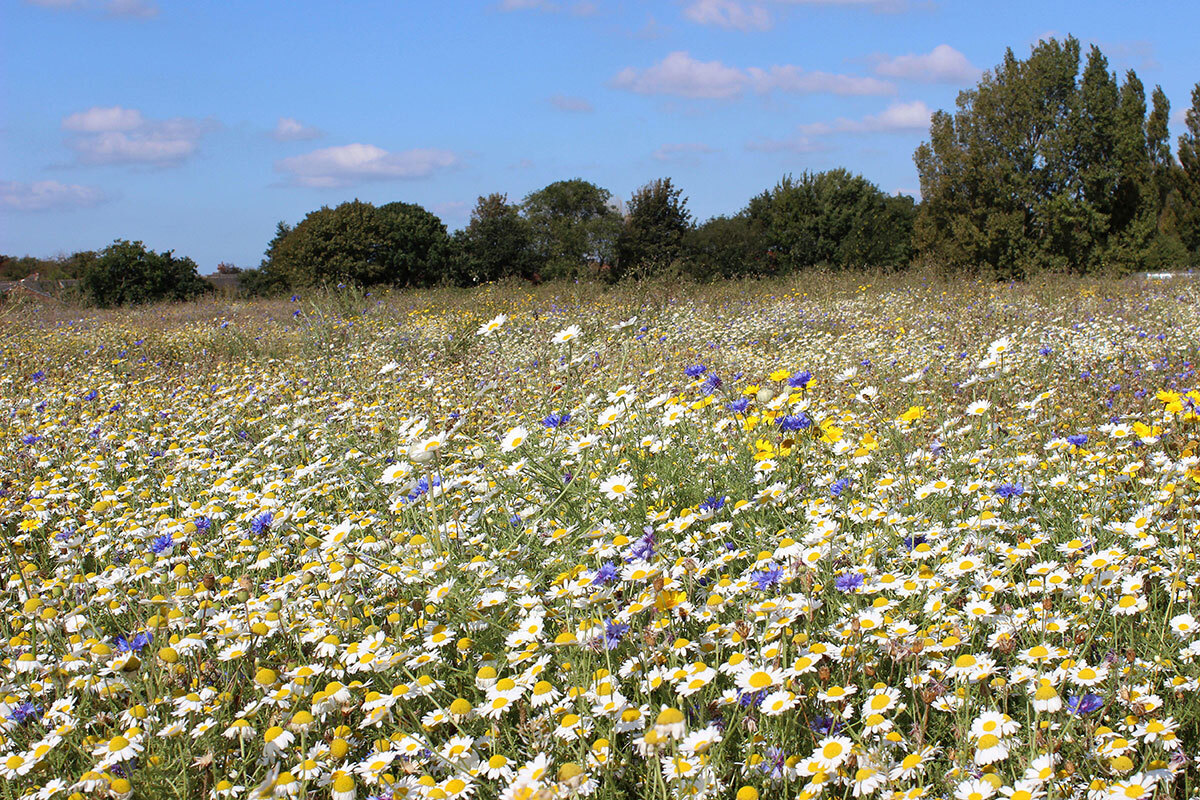Biodiversity laws will create 8,400 football fields of habitat a year, study finds
Upcoming biodiversity laws will create the equivalent of 8,400 football fields of natural habitat a year and prevent the loss of 15,000, a study has found.
Analysis by Joe’s Blooms, which the biodiversity software company shared with Inside Housing, found that Birmingham and Leeds are the English cities that will benefit the most when the regulations come into force in November.
Known as biodiversity net gain, the laws require developers, including housing associations and councils, to increase the biodiversity of sites by at least 10% as part of the planning process.
This can be done on site, on a different site or by buying statutory credits.
According to the government’s impact assessment, the policy will create 5,428 hectares (54.2 million sq m) of habitat a year in England and avoid 9,644 hectares (96.4 million sq m) of habitat damage a year.
This equates to 8,481 football fields of new habitat a year and 15,061 football fields of habitat saved a year.
By comparing these figures with government estimates of total development per year, the researchers calculated that the laws would result in 0.59 hectares of habitat saved and 0.33 hectares of habitat created for each hectare developed.
The researchers compared this figure with local authority planning data to calculate the impact of the policy on England’s cities and regions.
They found that the South East and East of England will experience the highest increase in biodiversity out of England’s regions, due to their high levels of development.
A total of 2,700 hectares of biodiversity, or 4,300 football fields, will be saved or created per year in the South East, while 1,900 hectares, or 3,000 football fields, will be saved or created per year in the East of England.
Of England’s cities, Birmingham, Leeds and Manchester will experience the most biodiversity saved and created. Each year, Birmingham will save or create 342 football fields of habitat, Leeds 260 and Manchester 195.
Dr Robin McArthur, chair of the Joe’s Blooms advisory board, said: “Biodiversity net gain provides the housebuilding sector with an opportunity to contribute to the UK’s biodiversity.
“For the first time, new developments will result in the reappearance of nature in our local communities.
“This analysis demonstrates that biodiversity and nature recovery can be a central part of housing development. It’s important that developers of all sizes are supported to deliver these ambitious targets that will create more green spaces and enhance plants and wildlife.”
Sign up for our development and finance newsletter
Already have an account? Click here to manage your newsletters












